Theorising Urban Playscapes
Theorising Urban Playscapes: Producing, Regulating and Consuming Youthful Nightlife City Spaces
Paul Chaterton and Robert Hollands
[Paper rst received, January 2001; in nal form, May 2001]
Summary. This article develops a theoretical understanding of the relationship between young people and city space. More speci caly, our focus concerns what we have termed ‘urban playscapes’—young people’s activities in bars, pubs, night-clubs and music venues within the night-time entertainment economy. The paper theoreticaly and empiricaly explores three interrelated aspects of these playscapes: production and the increasing role of a smal number of large-scale corporate leisure and entertainment operators providing sanitised, ‘branded’ experi- ences; regulation in which the development of urban playscapes can be understood through a night-time entertainment regime based around a modi ed relationship between state, developers and consumers, including enhanced forms of surveilance and control; and consumption which is characterised by segmentation and differentiation and based around more ‘exclusive’ and ‘up-market’ identities. We argue that these three aspects combine to create a dominant mode of‘mainstream’ urban nightlife, with ‘alternative’ and ‘residual’ nightlife increasingly under threat or squeezed out. In conclusion, we discuss some of the interrelationships between production, regulation and consumption and suggest a number of potential future scenarios for nightlife development.
دیدگاهی بنویسید.
بهتر است دیدگاه شما در ارتباط با همین مطلب باشد.


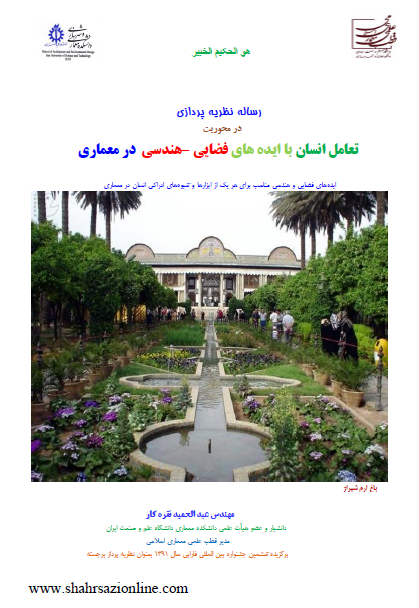 رساله نظریهپردازی تعامل انسان با ایدههای هندسی- فضایی در معماری-مهندس نقره کار
رساله نظریهپردازی تعامل انسان با ایدههای هندسی- فضایی در معماری-مهندس نقره کار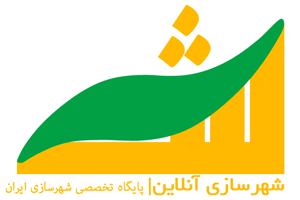 شیوه ی پیشنهادی عکاسی از فعالیت های فضاهای عمومی
شیوه ی پیشنهادی عکاسی از فعالیت های فضاهای عمومی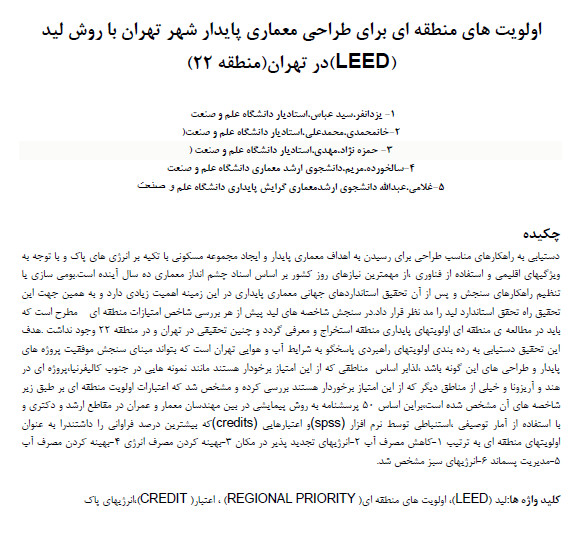 اولویت های منطقه ای برای طراحی معماری پایدار شهر تهران با روش لید
اولویت های منطقه ای برای طراحی معماری پایدار شهر تهران با روش لید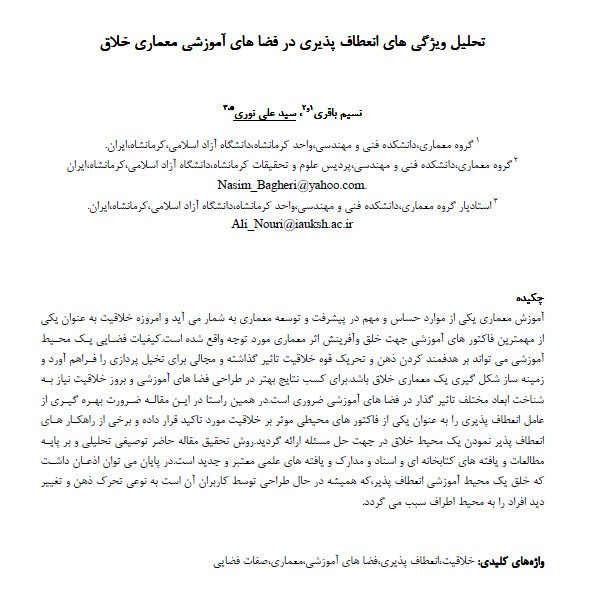 تحلیل ویژگی های انعطاف پذیری در فضاهای آموزشی معماری خلاق
تحلیل ویژگی های انعطاف پذیری در فضاهای آموزشی معماری خلاق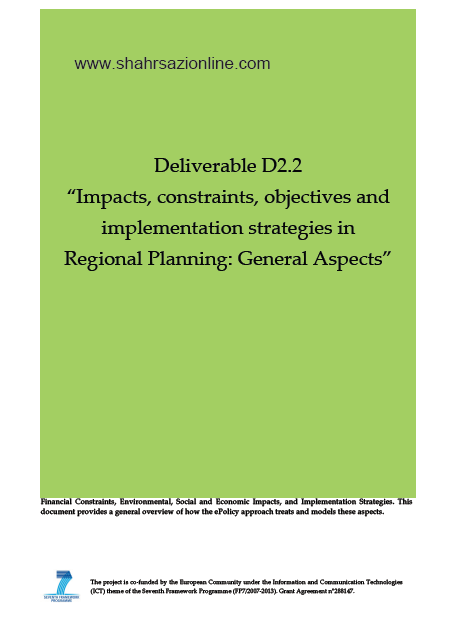 اثرات، محدودیت ها، اهداف و استراتژی های پیاده سازی در برنامه ریزی منطقه ای
اثرات، محدودیت ها، اهداف و استراتژی های پیاده سازی در برنامه ریزی منطقه ای